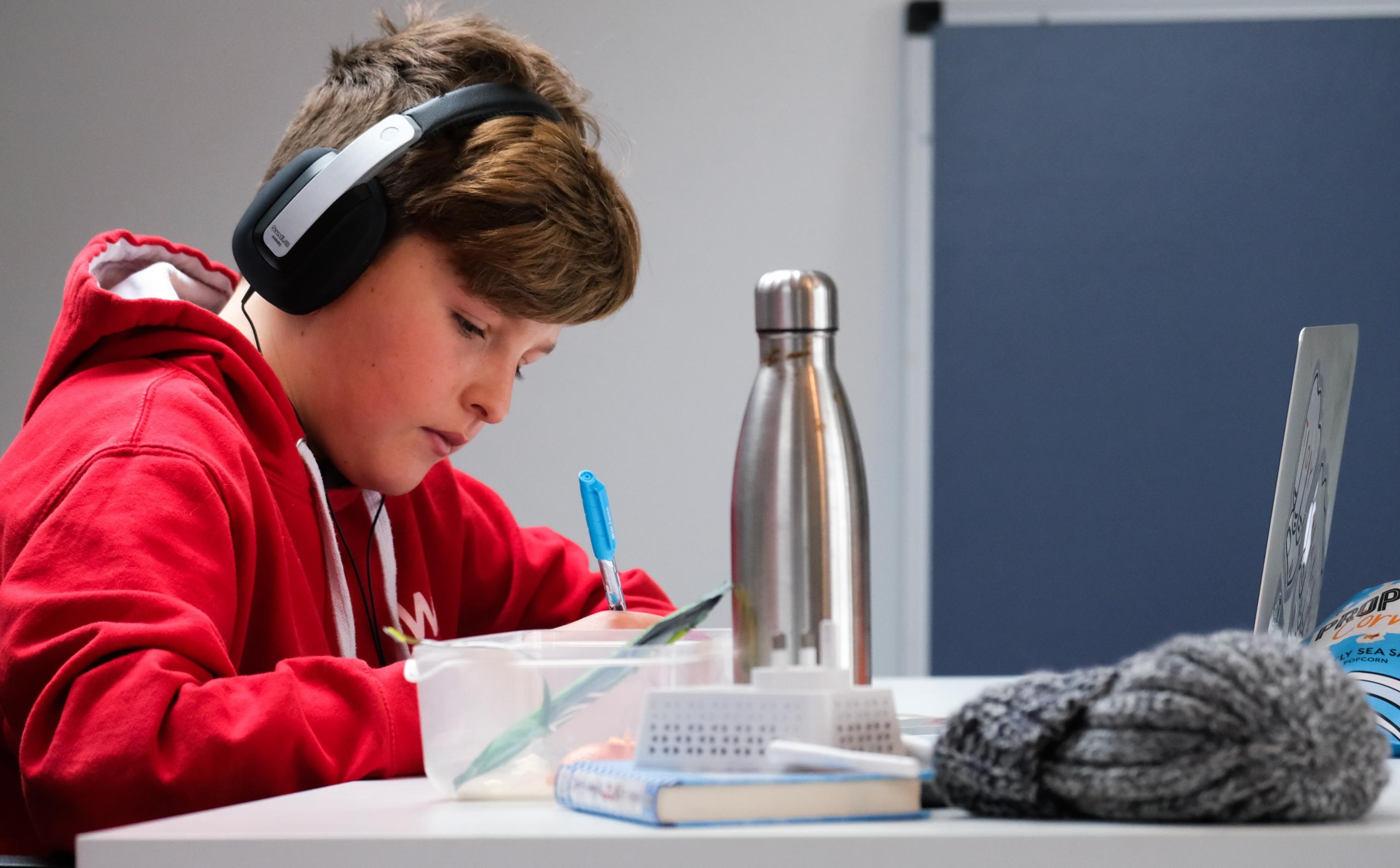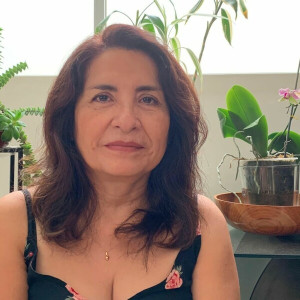Whether you're learning to say "hola" or having full conversations in Spanish, high school language classes can be divided into different proficiency levels. From A1 (beginner) to C2 (mastery), with most high school Spanish levels spanning from A1 to B2. Let's explore what these levels mean in practice, what you learn, and how Superprof tutors can help you every step!

What to Expect When Learning Spanish in High School
Learning a new language can be incredibly challenging but highly beneficial. Many students strive to learn a second language because they know it can open multiple doors of opportunity in the future (both for college and professional life).
However, it's essential to note that people don't learn a new language in a single day. It takes years of classes and lessons, hard work, and dedication. As a language student, you must learn to let go of perfection and work on other skills, including your patience, attention to detail, and memory.
Remember that you won't fully know a language after a certain amount of time because choosing to learn a new language means learning about it for the rest of your life. Learning a language as a foreign student is about immersion in another culture, accents, countries, slang, humor, customs, and much more.
How many Spanish courses are there in high school?
For Spanish in high school, you can choose how many years of a language you'd like to study. Usually, there are different levels of Spanish in high school, with most students taking a language course during the four years of high school. However, students often have a change of heart and change electives halfway through their high school years.
Let's explore the Spanish levels according to the Common European Framework of Reference (CEFR) and what you'll learn during your four years in high school. It is estimated that students in high school reach B2 level (depending on the years they study the language).

If you start learning Spanish before high school, you can conclude your high school years with a C1 or C2 level.
So what is the highest Spanish class in high school?
Most high schools offer Spanish across four levels, usually spanning the four years of high school. These levels often align with the CEFR framework, progressing from A1 in the first year to B2 by the fourth. Some schools offer AP Spanish or honors tracks for students who want to go further, potentially reaching C1 or C2.
Spanish 1
Spanish 2
Spanish 3
Spanish 4
Optional AP / Honors Spanish
A1
A2
B1
B2
C1 / C2
Remember that you can always choose to have an international experience. For example, you could spend one year abroad in Spain and learn to speak Spanish surrounded by native speakers. If Spain doesn't sound appealing to you, there are 19 other countries to choose from!
Find out more about the Common European Framework of Reference, which many language learners use to explain their abilities.
A1 - Beginner
During your first year of learning Spanish (as a freshman), you'll complete the A1 level —which is known as the beginner or breakthrough level.
For any subject, beginner levels introduce the student to the subject or program.
If you're wondering what you'll learn as a beginner, consider how you learned English as a baby. You were taught words you would say back as you understood and internalized the meaning. You learned to greet, count, say your age, etc. A1 will be a lot like that!
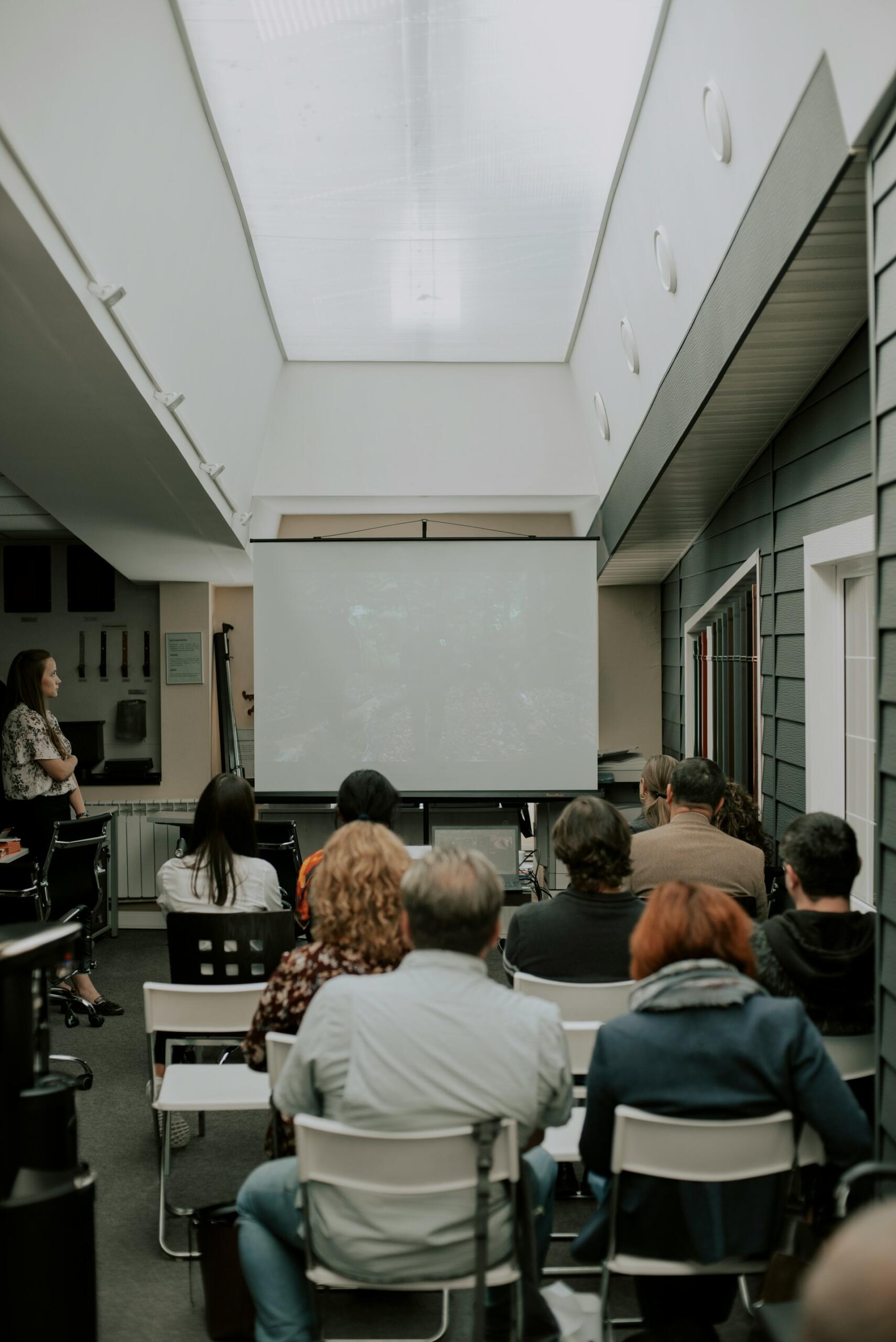
At the A1 level, students are introduced to the foundations of Spanish.
You'll learn basic greetings, how to introduce yourself, talk about daily routines, and understand simple instructions.
This stage is all about gaining confidence with everyday phrases and essential vocabulary.
You will be asked to learn the basic vocabulary, such as introducing yourself, saying where you're from, how old you are, what your hobbies are, what a day looks like in your life, and so on.
The goal of these lessons is for you to be able to answer questions about your personal life and have simple interactions with other people in the new language. The primary objective is for students to understand and use everyday expressions and basic phrases.
At this stage, it's all about building confidence with everyday vocabulary and simple sentences, which you'll do in most high school Spanish introductory classes. For those getting started, you could work with a Superprof tutor on pronunciation and basic grammar.

Typical A1 Classes
Basic communication, vocabulary, and simple grammar.
Greetings, introducing yourself, numbers, days of the week, colors, and basic verbs like ser, tener, and gustar.

A2 - Elementary
Once you finish the beginner part of the course, you move towards more complex lessons.
The important thing to keep in mind during your lessons is that learning Spanish will be a cumulative process. In other words, you must keep practicing the previous stuff as you learn new things.
If you pass every level without remembering what you learned in the previous one, you won't progress your Spanish skills. You must take the new information and practice it with the previous knowledge.
During A2 (also known as the way stage) students are expected to communicate simple tasks. You will now be able to understand and speak complete sentences about basic subjects (family, personal information, job, studies, etc).
You'll be taught basic verbs and adjectives because the goal is for you to be able to describe basic things of your daily life in a more complex matter than A1.
In A2, students expand their vocabulary and begin to communicate in short conversations about familiar topics like family, school, and hobbies.
You'll learn to describe your surroundings, express likes and dislikes, and start using past tenses in simple sentences.
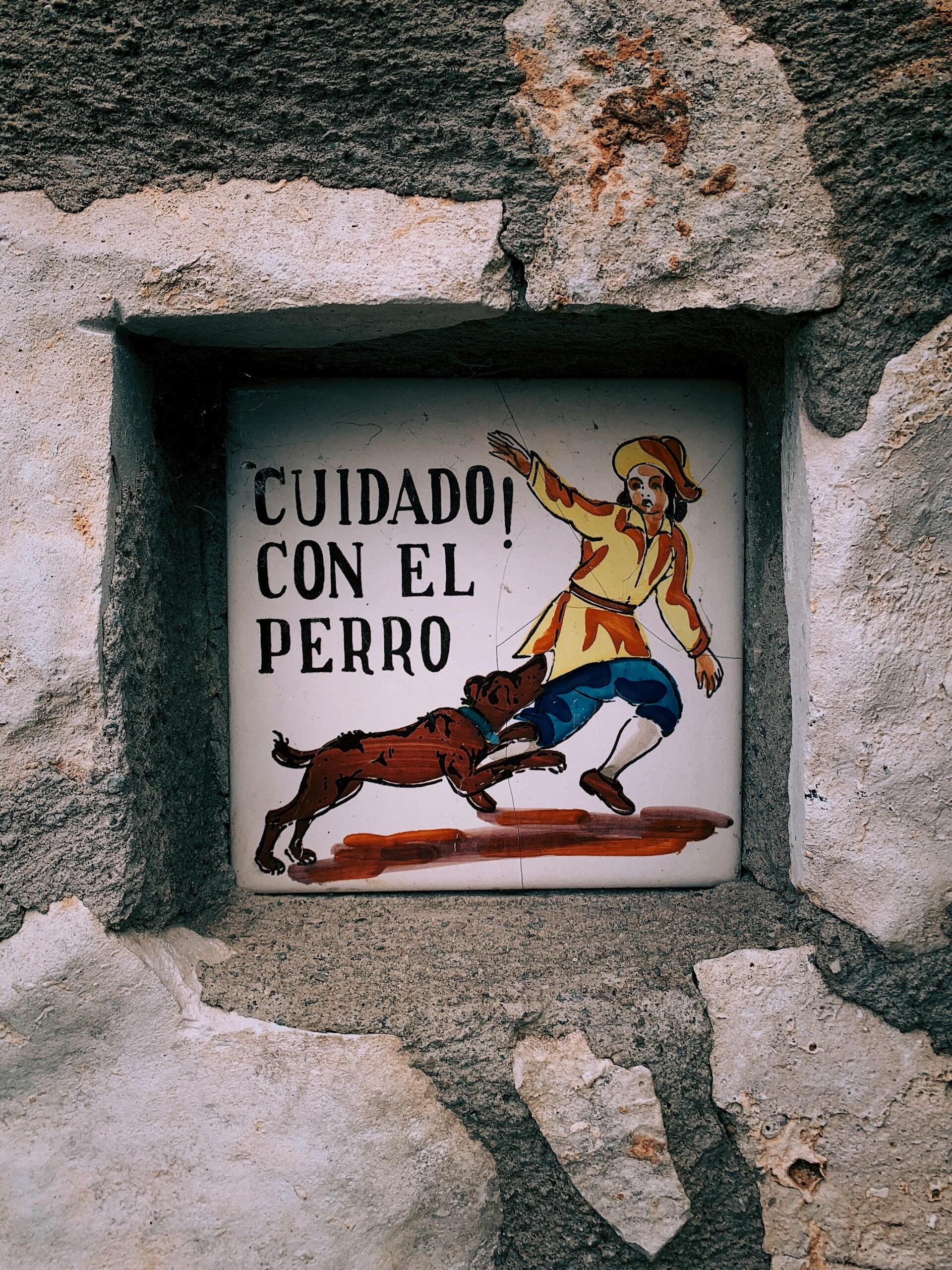
Speaking is a big part of every level, however, during A2 you'll be pushed to formulate bigger phrases and hold longer conversations. You'll also be asked to read basic but longer passages and identify certain elements.
Common A2 Expressions
The first two levels are key to positive progress. You must answer all of your questions, correct most of your original mistakes and misconceptions, and do your best because what you learn now will be the basis for your progress.
At this level, you can reinforce what you've learned in class by practicing Spanish outside of school. This could include working with a private tutor to get past the beginner plateau.
Typical A2 Classes
Everyday situations and more structured grammar.
Talking about your family, hobbies, school, and weather. Grammar includes past tense (pretérito perfecto) and reflexive verbs.
B1 - Intermediate
The B1 level (intermediate or threshold level) is designed to teach students the correct use of grammar, more complex vocabulary (beyond verbs and adjectives), better speaking skills, pose questions, etc.
The focus subjects are school, family, work, leisure, education, entertainment, and more. You'll also be expected to know how to defend yourself if you travel to Latin America or Spain. You'll be taught to say your needs and answer other people's questions.
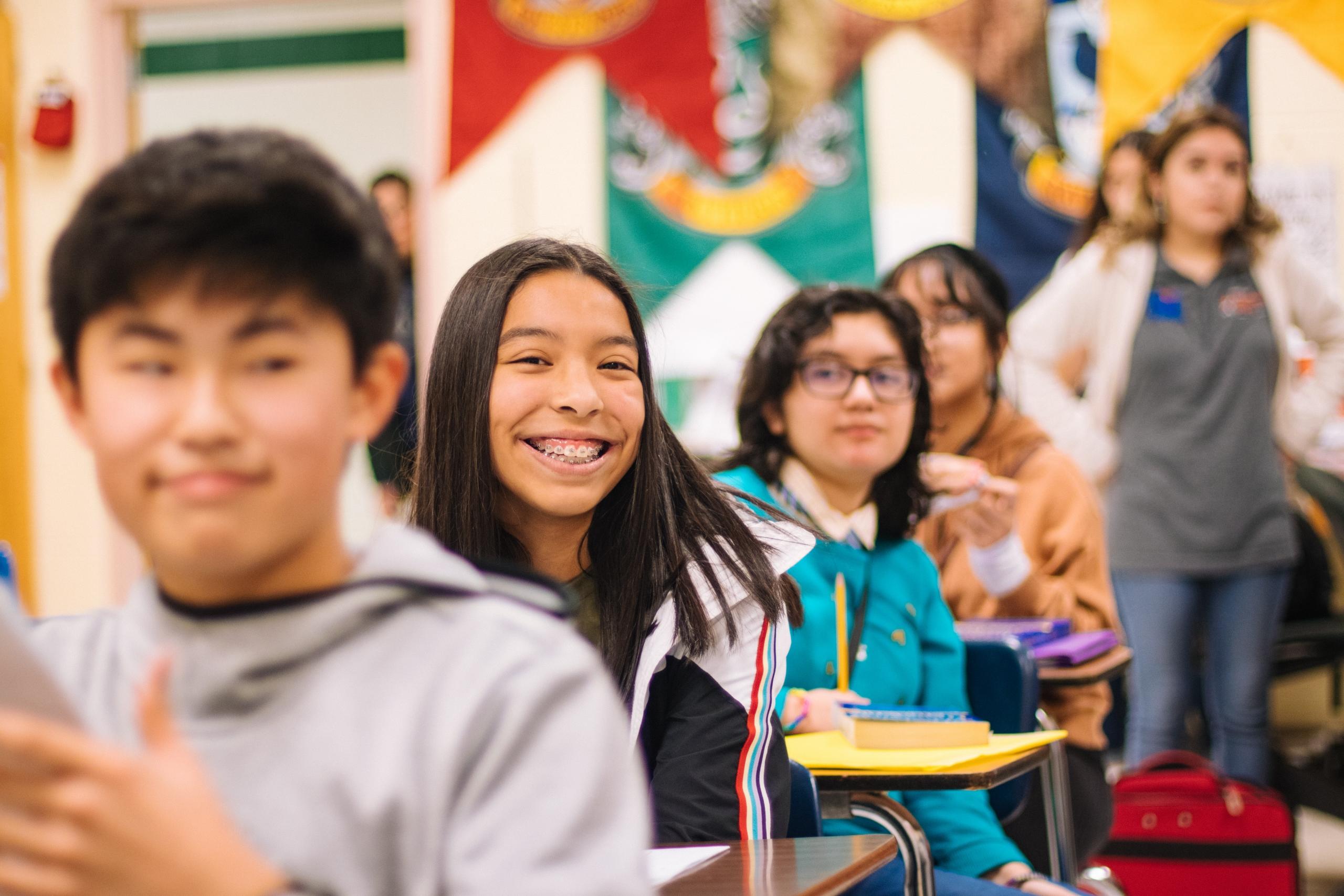
During B1, you will also be immersed in the culture in a way that wasn't possible before. You will be taught about native Spanish speakers, foreign Hispanic traditions, and more.
Students in B1 are expected to communicate events, experiences, dreams, plans, ambitions, and opinions on different topics effectively.

At the B1 level, communication skills grow. Students can handle longer conversations, express opinions, and understand key points in discussions about work, travel, or personal interests.
Grammar gets more complex, like mastering the preterite vs. imperfect, and cultural learning is integrated.
The goal of the course is to ensure that the student is now able to fully comprehend, with some exceptions, when someone is speaking to them in Spanish. If you feel that at B1, you're not able to perform all these tasks, then you should consider getting extra help outside of the course.
Watching Spanish TV shows like La Casa de Papel or listening to podcasts can reinforce vocabulary and listening skills at the B1 level.
You can always find a tutor to help and guide you through your classes and obstacles. Look for an online or in-person Spanish tutor on Superprof and continue learning Spanish with the best help. Remember that you can always contact tutors outside your area if you choose to learn online.
B1 is where you'll find that the grammar is getting more complex, but it's also the stage where you'll start to see the benefits of learning a new language in high school. If you're at this level, you may want to look for tutors who can offer conversation classes.
Typical B1 Classes
Expressing opinions and understanding longer conversations.
Making comparisons, describing past experiences, using future and conditional tenses, and understanding cultural traditions.
B2 - Upper-intermediate
If you make it to B2 in high school, it will probably be in your senior year. By now, your Spanish classes will be a little more complex and advanced than in previous years and levels.
B2 is also known as upper-intermediate or vantage. During this year, you will be busy studying hard and preparing for college, but you also need to ensure you don't neglect or forget to study for your current classes. During this time, you'll be expected to comprehend simple and complex Spanish texts and interact with other people to a degree of fluency (especially native speakers).

Finally, you'll also be expected to write with a good level of grammar and an extensive knowledge of vocabulary (restraining from basic words). You'll be able to produce clear texts on a wide range of topics or subjects while explaining a point of view.
Keep in mind that this is the level that most students reach during their high school years. However, some students started studying Spanish earlier (maybe elementary or middle school) and can go to C1 or C2 levels during their senior year.
Keep in mind that this is the level that most students reach during their high school years. However, some students started studying Spanish earlier (maybe elementary or middle school) and can go to C1 or C2 levels during their senior year.
B2 learners speak more fluently and spontaneously.
You'll be able to discuss abstract topics, follow longer texts, and write structured essays or emails.
This level focuses on refining grammar (like the subjunctive), expanding vocabulary, and improving accuracy in speech and writing.
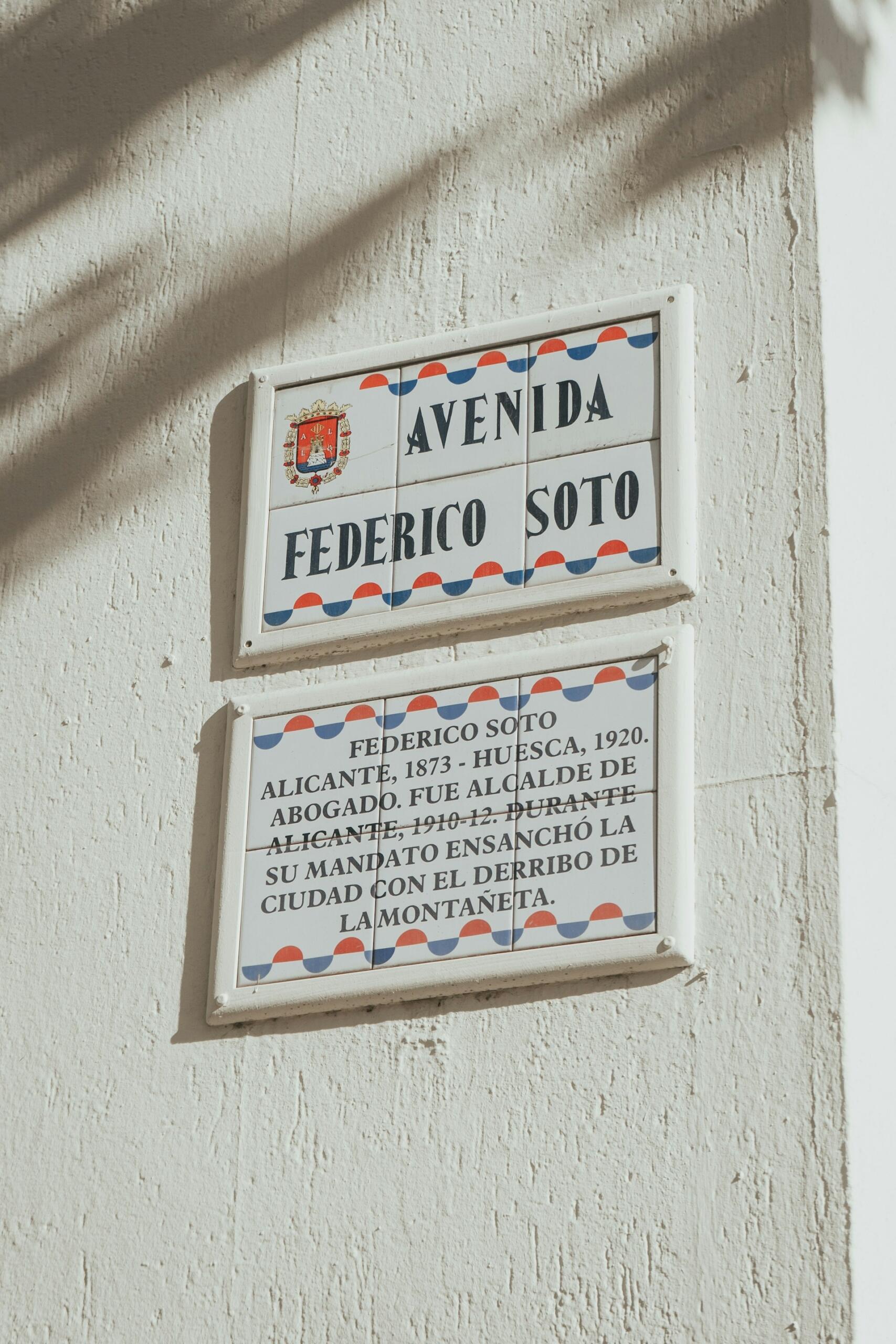
B2 is the point where you'll have gained a good passive vocabulary. This is where you'll understand far more than you speak, so conversation practice, particularly with private tutors, is more valuable than ever.
Typical B2 Classes
Developing fluency and argumentation.
Writing essays, discussing social issues, interpreting films or short stories, and mastering the subjunctive mood.
C1 - Advanced & C2 - Proficiency
Last but not least, there's C1 (advanced or effective operational proficiency) and C2 (proficiency or mastery).
If you complete these levels in high school, you can get college credit for it and try to skip some credits during your college years. However, keep in mind that these courses are highly demanding, and you will probably have many other things to worry about during your senior year.
During these levels, you'll be able to understand a wide range of complex and demanding texts. By now, you would be expected to read and (to an extent) comprehend books by Nobel Prize Winner Gabriel García Márquez.
You live a new life for every language you speak. If you only know one language, you live only once.
Czech Proverb
During C1 and C2, you are confident and flexible in the language, and you can use it at social events, while traveling, to discuss politics, to write academic papers, and much more.
At this stage, you'll know so much Spanish that you can look to take official exams like the DELE, which is another good time to get in touch with a Spanish tutor, as you can find many who specialize in not just the language, but the exam format, too!

C1 marks a high level of fluency and comprehension.
Students can understand complex texts and express themselves clearly and effectively in both written and spoken Spanish.
You'll engage in debates, give presentations, and analyze authentic materials like news articles and films.
At C2, you're operating at near-native fluency.
You can understand virtually everything you hear or read, summarize information, and express yourself precisely. This level is ideal for academic or professional use of Spanish, including teaching, translating, or studying literature.
Typical C1 and C2 Classes
Near-native fluency and deep comprehension.
Nuanced vocabulary, idioms, persuasive writing, analyzing literature or media, and debating complex topics in Spanish.

